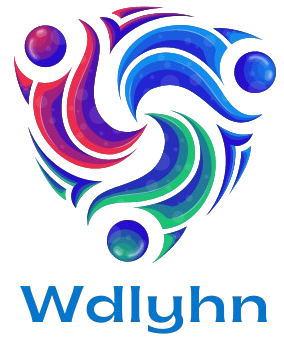Introduction
Massage, an ancient practice with roots in various cultures, has evolved over centuries to become a cornerstone of modern wellness. Beyond its reputation as a luxurious indulgence, massage therapy offers a myriad of physical, mental, and emotional benefits. In this article, we explore the art and science of massage, delving into its rich history, the diverse techniques employed, and the compelling reasons why people around the world turn to massage for relaxation and healing.
A Historical Perspective
The roots of massage therapy trace back to ancient civilizations such as China, Egypt, India, and Greece. These cultures recognized the healing power of touch and 부달 developed various massage techniques to address physical ailments and promote overall well-being. Over time, these methods spread across continents, influencing and merging with different cultural practices.
In the East, traditional Chinese medicine incorporated massage techniques like Tui Na, emphasizing the flow of Qi (life energy) through the body’s meridians. Similarly, Ayurveda in India utilized Abhyanga, a form of massage with warm oils, to balance the body’s doshas. In the West, ancient Greeks and Romans practiced massage to relieve pain, promote relaxation, and improve circulation.
Modern Massage Techniques
Today, massage therapy encompasses a vast array of techniques, each designed to address specific needs and preferences. Some popular styles include Swedish massage, known for its gentle strokes and kneading to promote relaxation; deep tissue massage, which targets deeper muscle layers to release tension; and sports massage, tailored to athletes to enhance performance and prevent injuries.
Other specialized techniques include Shiatsu, a Japanese form of acupressure; Thai massage, which combines stretching and compression; and reflexology, focusing on pressure points in the feet and hands to stimulate healing throughout the body. Practitioners may also incorporate aromatherapy, hot stones, or other modalities to enhance the overall experience.
Health Benefits of Massage
Massage therapy offers a wide range of health benefits, both physical and mental. One of its primary advantages is stress reduction. Massage triggers the release of endorphins, the body’s natural mood enhancers, promoting a sense of well-being and relaxation. Additionally, it can lower cortisol levels, the hormone associated with stress, while increasing serotonin and dopamine levels.
Physically, massage improves blood circulation, reduces muscle tension, and enhances flexibility. It can alleviate chronic pain conditions, such as lower back pain or tension headaches, and contribute to better posture by releasing tight muscles. Furthermore, massage has been shown to boost the immune system, improve sleep quality, and even aid in digestion.
Massage as a Holistic Approach
Beyond its physiological effects, massage also addresses the mind-body connection. Many people find that regular massage sessions contribute to mental clarity, improved concentration, and heightened awareness of the body. This holistic approach acknowledges the interconnectedness of physical, mental, and emotional well-being, promoting overall harmony.
Conclusion
In conclusion, massage therapy stands as a time-honored practice that continues to evolve in response to the diverse needs of individuals seeking relaxation, healing, and well-being. Whether you indulge in a soothing Swedish massage, a therapeutic deep tissue session, or an energizing Thai massage, the benefits extend far beyond the immediate physical sensations. As we navigate the stresses of modern life, the art and science of massage offer a sanctuary of rejuvenation, bringing balance to the body, mind, and spirit.
